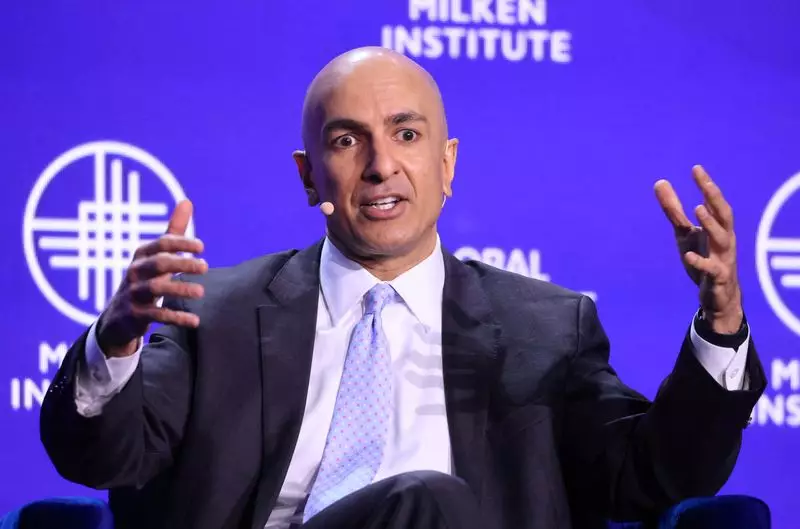In the wake of the U.S. presidential elections, significant questions arise regarding the intersection of political change and economic policy. Minneapolis Federal Reserve President Neel Kashkari’s remarks provide insight into the prevailing mindset within the Federal Reserve amid these transitions. With a recent interest rate cut to a range of 4.5% to 4.75%, Kashkari’s stance suggests an ongoing commitment to combating inflation while maintaining economic stability, a theme echoed across both political parties.
The concern, however, arises from the unpredictable nature of political interplay. Historically, the relationship between the executive branch and the Federal Reserve has been fraught with tension. President-elect Donald Trump’s past criticisms of Fed Chair Jerome Powell centered around interest rates underscore the potential for conflict should Trump seek to exert influence over monetary policy. This backdrop raises fundamental questions about the Fed’s autonomy, especially as it strives for inflation control amid external pressures.
Kashkari’s reluctance to speculate on further rate cuts underscores a cautious approach to economic forecasting. He acknowledged the positive trends in productivity and economic resilience, asserting that these factors might necessitate a reevaluation of the Fed’s strategy moving forward. The labor market and manufacturing sector’s current health indicate an economy keen on growth, challenging the narrative that slashing interest rates is the panacea for economic woes.
Moreover, Kashkari’s observations reflect a broader understanding that strong economic indicators could thwart the need for aggressive rate adjustments. The balance, he indicated, lies in the Fed’s ability to respond dynamically to changing economic signals rather than adhering to a predetermined path. This adaptability is critical for maintaining a strong economy, particularly in a politically charged environment.
The interplay between the Fed’s mandate and political pressures can create a delicate balancing act. While Kashkari expresses confidence in the institutional framework that underpins the Fed’s operations, the potential for renewed tensions cannot be dismissed entirely. Trump’s campaign rhetoric highlighted inflation as a pressing concern, one that will undoubtedly influence policy discussions moving into his term.
The risk is that political agendas may overshadow the Fed’s primary focus—managing inflation and supporting economic growth. Kashkari’s assurances hint at a collective desire from both political factions to prioritize economic stability, but the reality of governance can complicate these aspirations. The Fed must navigate this landscape carefully, ensuring its independence while simultaneously remaining responsive to the economic and political climate.
As the Fed moves forward in a post-election atmosphere, its decisions will no doubt have far-reaching implications for U.S. economic health. The commitment to addressing inflation and maintaining robust growth should remain paramount. However, Kashkari’s insights point to a nuanced understanding of the need for flexibility amid shifting economic conditions. This will be crucial as the Fed contemplates its next moves in an environment where political considerations are inevitably interwoven with economic realities.
The road ahead for U.S. monetary policy is characterized by a blend of optimism and caution. The collaboration between political leaders and the Federal Reserve will play a crucial role in shaping economic outcomes, and collective focus on stable inflation and economic resilience will need to underpin future policymaking.

